Rethreading & Retracing: Textiles and Techniques by Bita Ghezelayagh
‘Rethreading & Retracing: Textiles and Techniques by Bita Ghezelayagh’ at the Aga Khan Centre Gallery in London explores the artist’s long-standing interest in working with found materials such as antique carpet fragments. Deborah Freeman Fahid pays a visit
In addition to its roof-top Islamic garden and the monumental Rasheed Araeen sculpture hanging in the lightfilled atrium, the new Aga Khan Centre in London’s Kings Cross contains a recently opened gallery space on the ground floor for a changing programme of contemporary artists.
Currently on display is a thoughtfully curated exhibition of recent and earlier work by Bita Ghezelayagh, a London-based textile artist of Iranian heritage. She is perhaps best known for her embellished felt tunics that were short-listed for the Jameel Prize at the V&A in 2011.
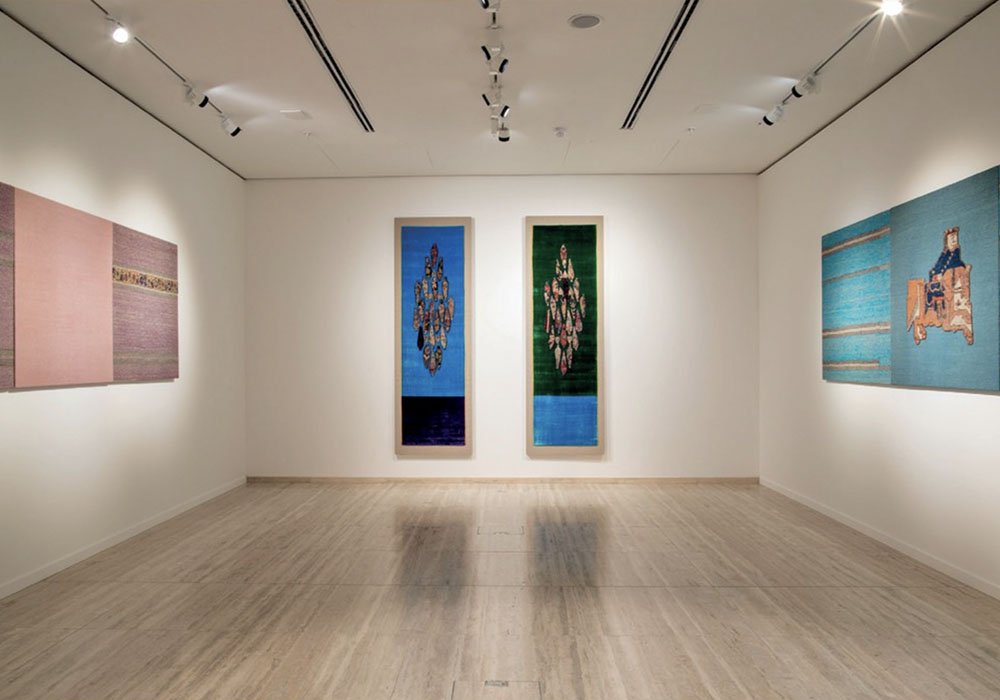
View of ‘Rethreading & Retracing: Textiles and Techniques by Bita Ghezelayagh’ at the Aga Khan Centre Gallery, London
‘Rethreading & Retracing’ explores her long-standing interest in working with found materials, such as carpet fragments, which are reinterpreted and restored using the medium of embroidery, while newly commissioned materials, such as specially-woven velvets, are transformed by the use of appliqués. This creation and reuse of textiles follow in a long tradition of Iranian artisanship that respects and builds on the work of the past.
The entrance to the exhibition is heralded by Felt Diptych (2012), a sombre and deeply personal work made in her trademark felt, embroidered and set with a pattern of screws that reproduce a telegraphic message.
Entering the dark gallery space you are confronted by the jewel-like Mirror Works series (2019-20), a group of square carpet fragments framed by mirror-mosaic. The pieces have been carefully selected from old Persian carpets of floral design, and close examination reveals the faded colours and abrash of these textiles, sometimes showing small areas of reweave. The artist has highlighted some of the floral design with silk embroidery, adding another layer of restoration. These gently glowing fragments are reflected by the fine cut-mirror frames, recalling the grand interiors of 19th-century Qajar palaces, such as the Naranjestan in Shiraz or the Golestan in Tehran.
The main room showcases three further stages of the artist’s work in glorious light and colour. Two large triptychs formed of panels of woven wool fabric are embellished with lines of embroidery and details from old carpets. The standout piece is a large carpet fragment depicting a rider mounted on a pink horse galloping across an azure plain. Recovered from an antique Khorasan village rug, he is reminiscent of the earliest Shahnameh miniature paintings, but here liberated from the confines of the folio, and set free to canter into the infinite.
Velvet Diptych (2019-20) is made of two panels of silk velvet specially woven in Kashan, each one composed of two contrasting colours. Bound with silk embroidery by a master craftsman of the Tehran bazaar, and stitched onto the velvet surface by the artist, are a series of cypress-tree shaped fragments.
Bringing the artist’s oeuvre up to date are two pieces from her recent Offcut series (2020) which feature materials used in her creative process—lace blouses, metal breastplates, hooks, tailor’s chalk—here, as it were, dissected, laid out on a board and framed.
Accompanying the exhibition are two vitrines containing the artist’s own collection of materials, sample works and carpet-making tools, together with a series of explanatory boards giving some history of the Iranian carpet-making tradition and industry which has been her inspiration.
The serene colour compositions of the finished works, the respectful reuse of earlier carpet makers’ creations combined with collaboration with living artisans has resulted in a profound body of work that is a tribute to Iran’s great heritage by a vital and original visual artist.
‘Rethreading & Retracing: Textiles and Techniques by Bita Ghezelayagh’ opened on 27 February 2020 and is set to continue once the Aga Khan Centre Gallery reopens.


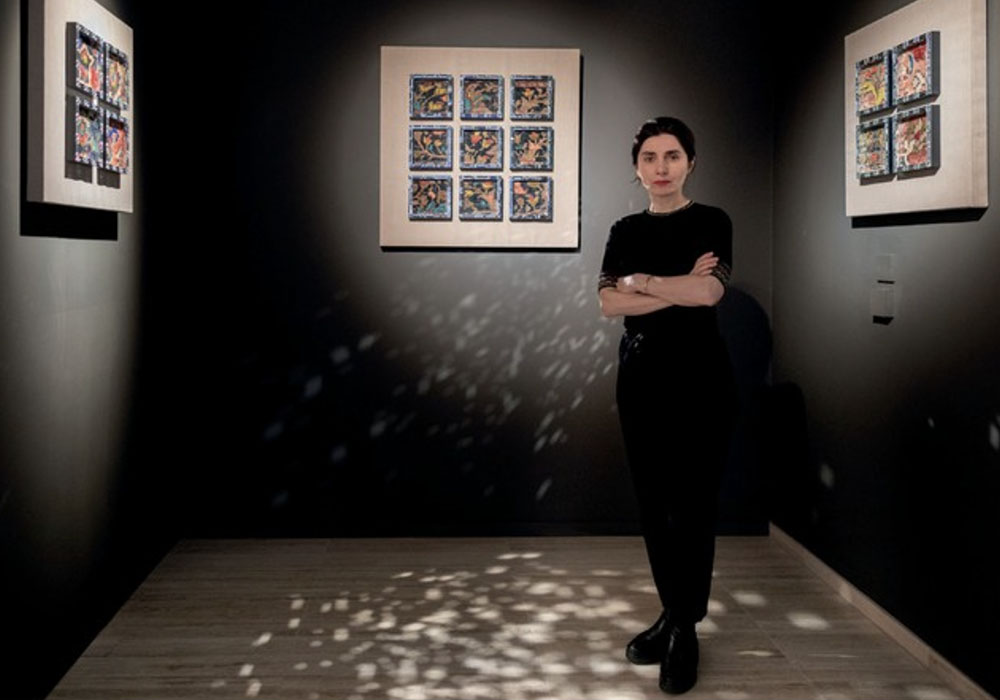
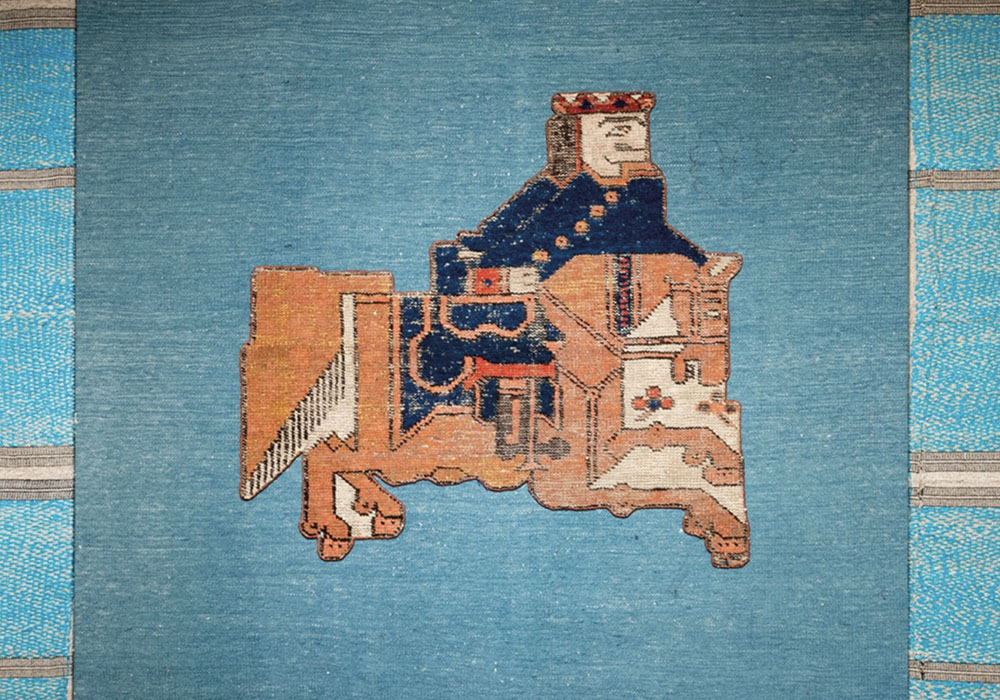











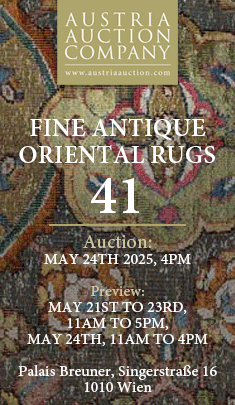




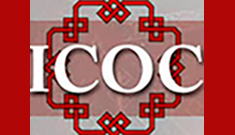
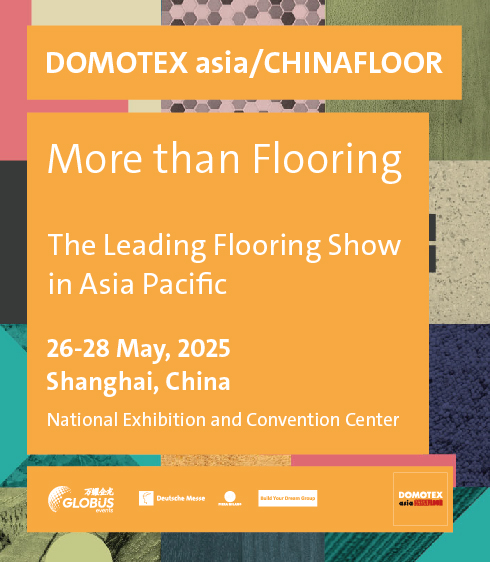







Comments [0] Sign in to comment